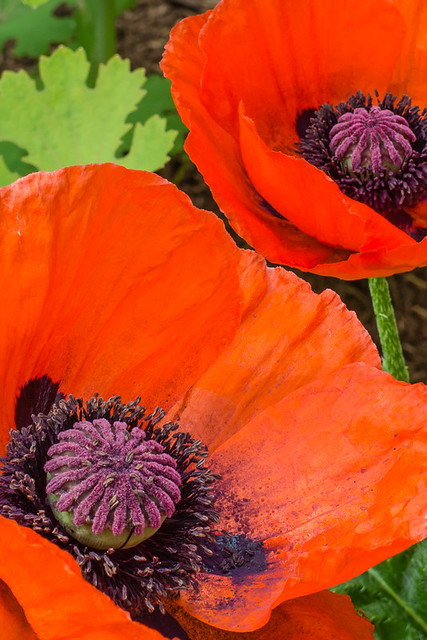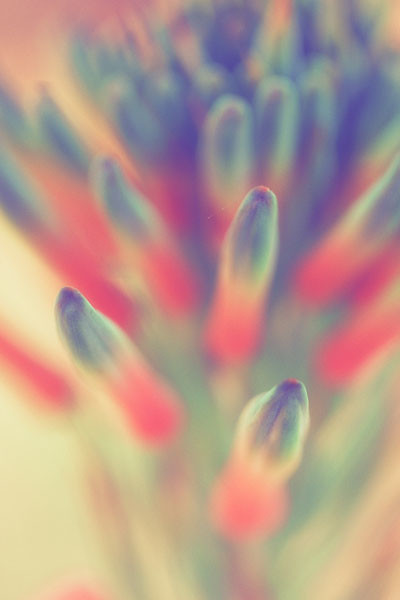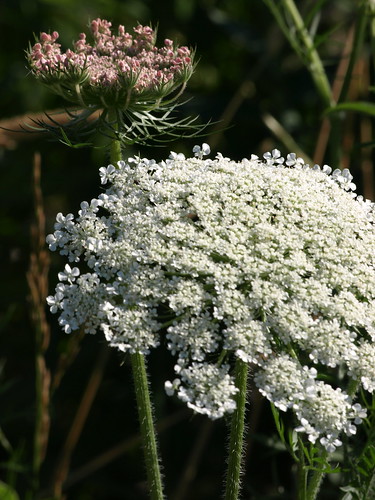That we find a crystal or a poppy beautiful means that we are less alone, that we are more deeply inserted into existence than the course of a single life would lead us to believe. ~ John Berger
I spent a rainy Saturday afternoon, organizing and re-arranging my bins of framed photographs and canvases. I am putting the final touches on my exhibit, Garden Party – A Celebration of Botanical Photography. The exhibit, which opens July 1 and runs through September 5, will be at the Alicia Ashman Branch of the Madison Public Library.
It will almost feel like being at a garden party instead of a library – there will be thirty-two photographs of bright flowers and garden scenes throughout the building. I’m looking forward to seeing all of my favorite Wisconsin botanical photographs hanging in one place!
—————-
Bo Mackison is a photographer and owner of Seeded Earth Studio LLC.












